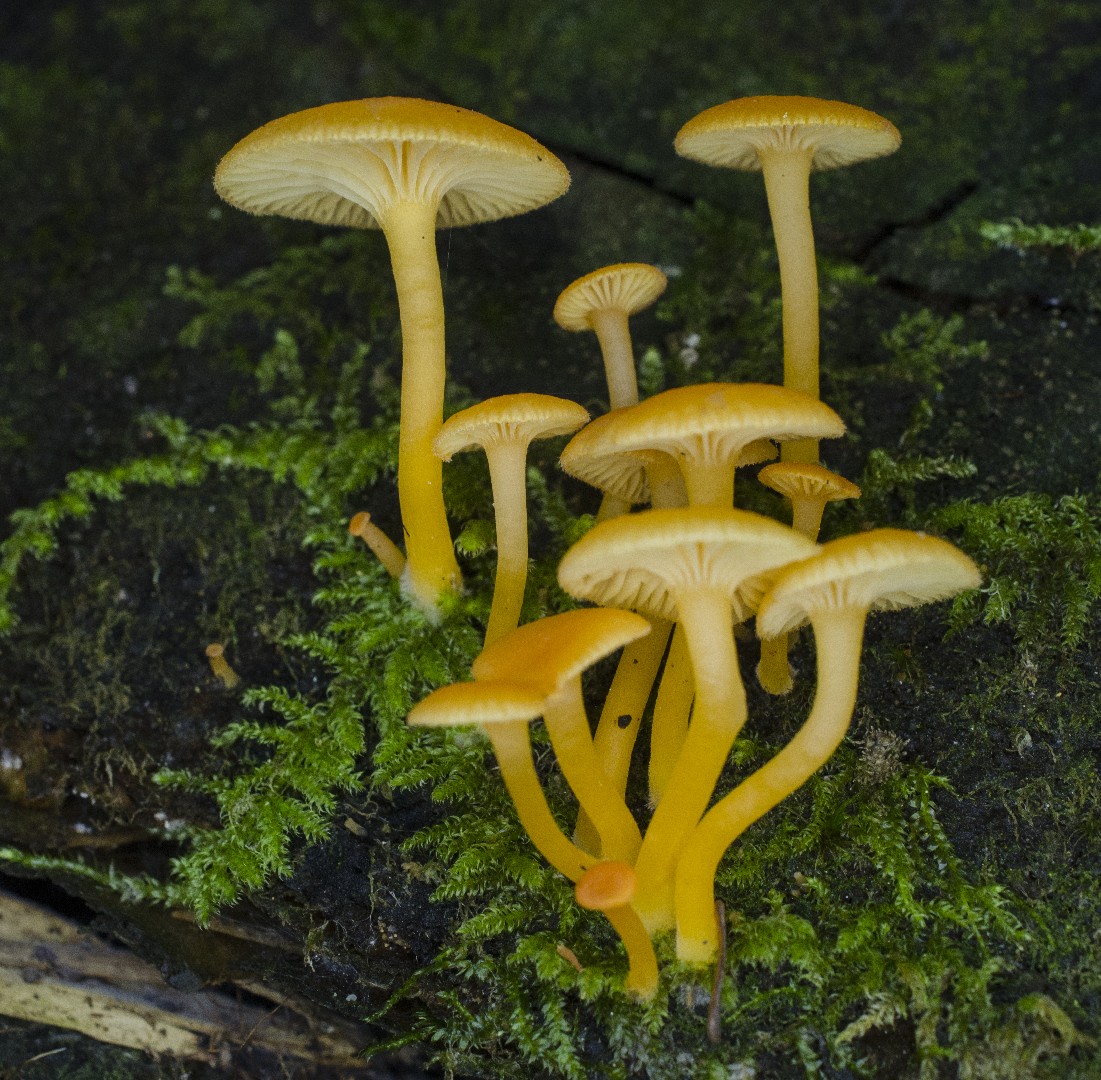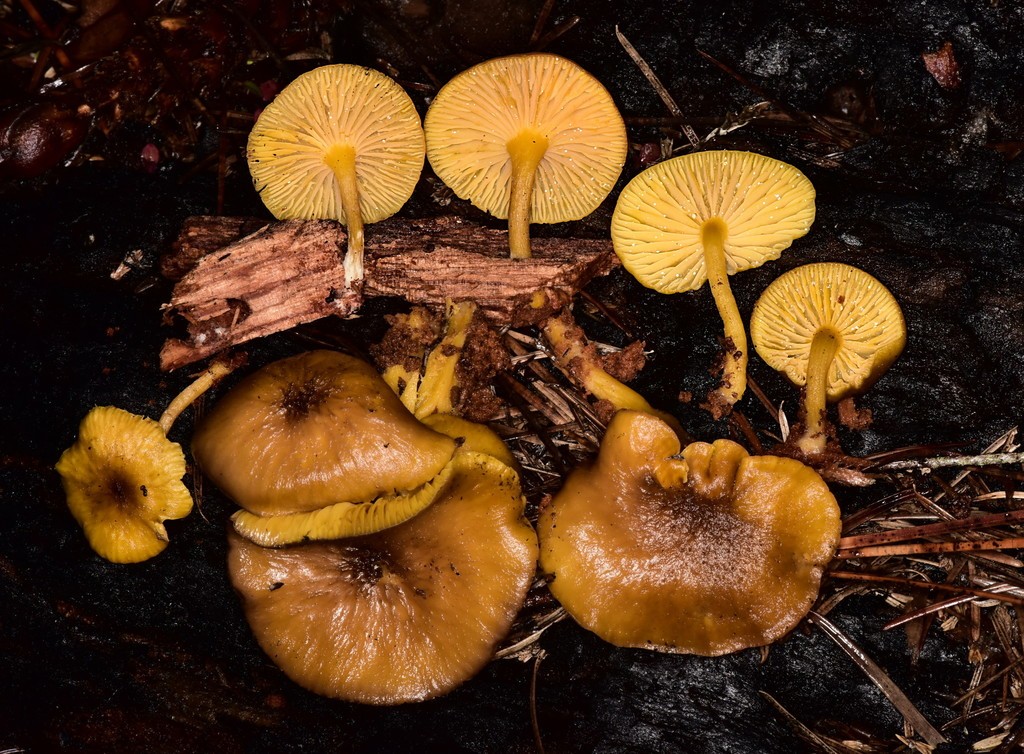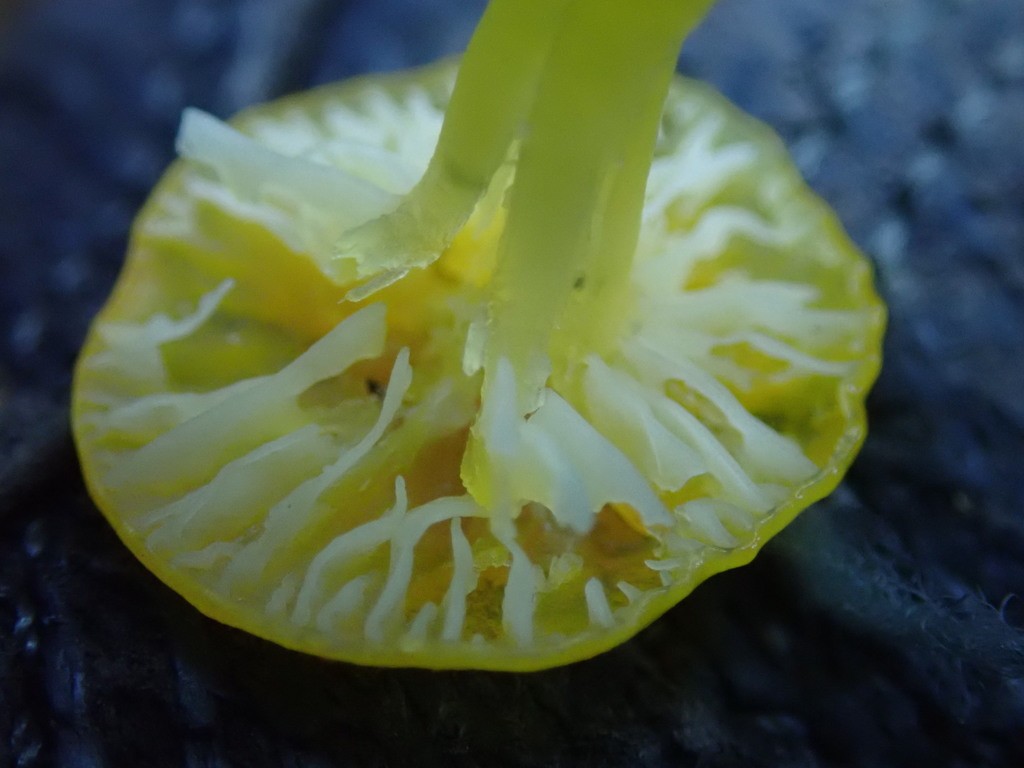Chrysomphalina
Scientific name: Chrysomphalina
Chrysomphalina
Scientific name: Chrysomphalina
 Photo By Tim Sage (NMNR) , used under CC-BY-SA-3.0 /Cropped and compressed from original
Photo By Tim Sage (NMNR) , used under CC-BY-SA-3.0 /Cropped and compressed from original Description
Chrysomphalina is a fascinating group of fungi known for its striking orange and yellow colors, often resembling small, delicate umbrellas. They typically grow in clusters on decaying wood or forest floors, playing key roles in decomposing organic matter. These mushrooms are commonly found in temperate and boreal forests around the world, contributing to nutrient cycling within their ecosystems.
Species of Chrysomphalina
Scientific Classification
Phylum
Club fungi Class
Mushroom-forming fungi Order
Gilled fungi Family
Waxgills Genus
Chrysomphalina 
